Introduction
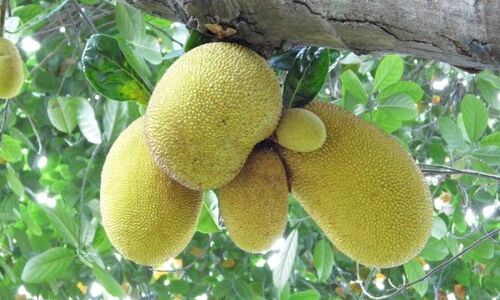
Lotus seeds, also known as lotus nuts or nelumbo nucifera seeds, are a cherished ingredient in many culinary traditions across Asia and beyond. They are not only prized for their unique flavor and texture but also for their numerous health benefits, which include antioxidants, anti-inflammatory properties, and potential aid in improving digestion and sleep. However, enjoying these seeds to their fullest potential requires knowing how to select and prepare them correctly. One crucial aspect of this process is determining whether lotus seeds are ripe before harvesting or purchasing them. This guide aims to provide a comprehensive understanding of how to discern ripe lotus seeds, ensuring that you can harness their full nutritional and culinary value.
Understanding the Lifecycle of a Lotus Plant
Before diving into the specifics of identifying ripe lotus seeds, it’s essential to understand the lifecycle of a lotus plant. The lotus, a member of the Nymphaeaceae family, is an aquatic perennial that thrives in still or slow-moving water. It is renowned for its large, floating leaves and stunning flowers that bloom primarily during the summer months.
The lotus plant produces seeds within its flowers, which initially appear as tight buds. As the flowers open, they reveal vibrant petals that can be pink, white, or a combination of both, depending on the species. Inside these flowers, the female reproductive organs develop into pods that eventually contain the lotus seeds.
The Importance of Ripe Seeds
Ripe lotus seeds offer the best taste, texture, and nutritional profile. Immature seeds may be bitter, hard to digest, and lack the full array of nutrients found in mature ones. Therefore, correctly identifying when seeds are ripe is crucial for ensuring a pleasant culinary experience and maximizing their health benefits.
Visual Indicators of Ripe Seeds
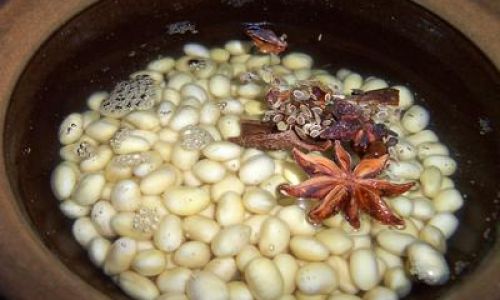
-
Flower Color and Appearance
While not a direct indicator of seed ripeness, the color and appearance of the lotus flower can give you clues about the stage of the plant’s lifecycle. As the flowers mature and prepare to set seed, they may change in color or begin to fade. Observing these changes can alert you to the possibility that seeds might be forming inside the pods. -
Pod Development
The most direct visual cue for ripe seeds is the development of the pods themselves. Initially, lotus pods are small, green, and firm. As the seeds mature, the pods enlarge and begin to change color, often turning a darker shade of green or even brown. When fully ripe, the pods may split open naturally, revealing the seeds inside. However, it’s important to note that some varieties of lotus may not split open on their own, so relying solely on this sign can be misleading. -
Seed Color and Texture
Once you have access to the seeds (either by waiting for the pod to split or carefully opening it yourself), examining the seeds themselves is the most reliable method of determining ripeness. Ripe lotus seeds are typically a creamy white or light beige in color, with a smooth, slightly glossy texture. Immature seeds, on the other hand, may be darker, harder, and have a more dull appearance.
Touch and Feel Tests
-
Firmness of the Pod
While pods should be firm when they first form, as the seeds mature, the pods may soften slightly. This softening is not drastic but enough to be noticeable when compared to younger pods. However, be cautious not to confuse this slight softening with over-ripeness or decay, which can lead to mushy pods and potentially moldy seeds. -
Seed Hardness
Ripe lotus seeds should have a firm yet slightly yielding texture when pressed gently between your fingers. They should not be rock-hard, which is indicative of immaturity, nor should they feel overly soft or squishy, which could suggest over-ripeness or spoilage.
Additional Considerations
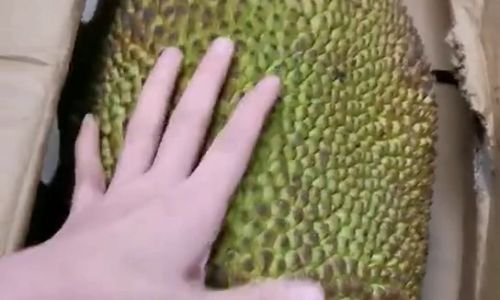
-
Timing
Knowing the approximate timing of seed ripening for your specific lotus variety can be invaluable. In general, lotus seeds ripen from late summer to early autumn, but this can vary depending on climate, soil conditions, and the specific lotus cultivar. If you are growing your own lotus, keeping a close eye on the plants throughout the season will help you develop an intuition for when to expect seeds to ripen. -
Environmental Factors
Environmental conditions can influence the ripening process. For instance, excessive heat or water stress can cause lotus pods to mature prematurely, potentially leading to smaller, less developed seeds. Conversely, cooler temperatures or abundant water can delay ripening. Therefore, being aware of the environmental conditions your lotus plants are experiencing can help you interpret the visual and tactile cues more accurately. -
Storage Considerations
Once you’ve harvested ripe lotus seeds, proper storage is crucial to maintaining their quality. Ripe seeds should be dried thoroughly to prevent mold and stored in an airtight container in a cool, dark place. Properly stored, lotus seeds can retain their freshness for several months to a year.
Conclusion
Determining if lotus seeds are ripe involves a combination of visual inspection, tactile assessment, and an understanding of the lotus plant’s lifecycle and environmental factors. By paying attention to the color and texture of both the pods and the seeds themselves, as well as considering the timing and environmental conditions, you can confidently identify ripe lotus seeds. This, in turn, will ensure that you enjoy the full flavor, texture, and nutritional benefits of these delightful and healthful ingredients.
Remember, the key to mastering this process is patience and observation. With time, you’ll develop a keen eye for ripe lotus seeds, allowing you to harness their culinary and health benefits to the fullest. Whether you’re a seasoned chef or a home cook exploring new ingredients, understanding how to identify ripe lotus seeds is a skill that will enhance your kitchen repertoire and expand your culinary horizons.
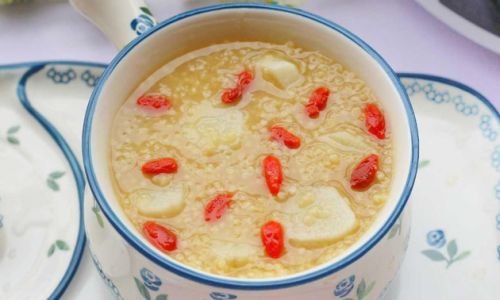
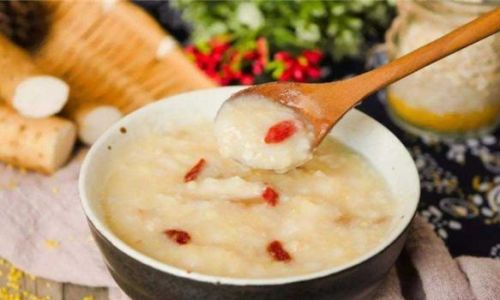
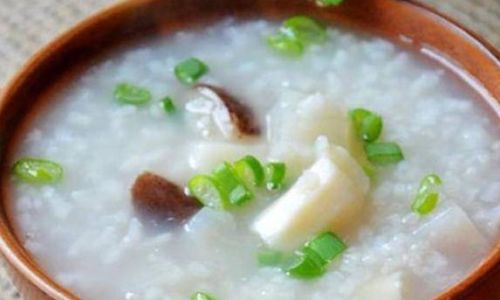

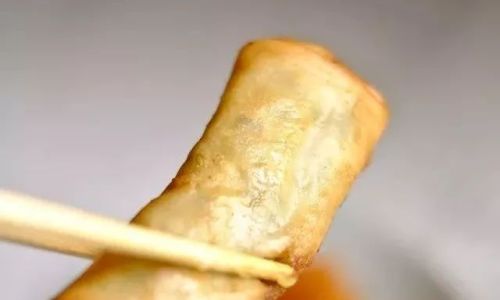

0 comments